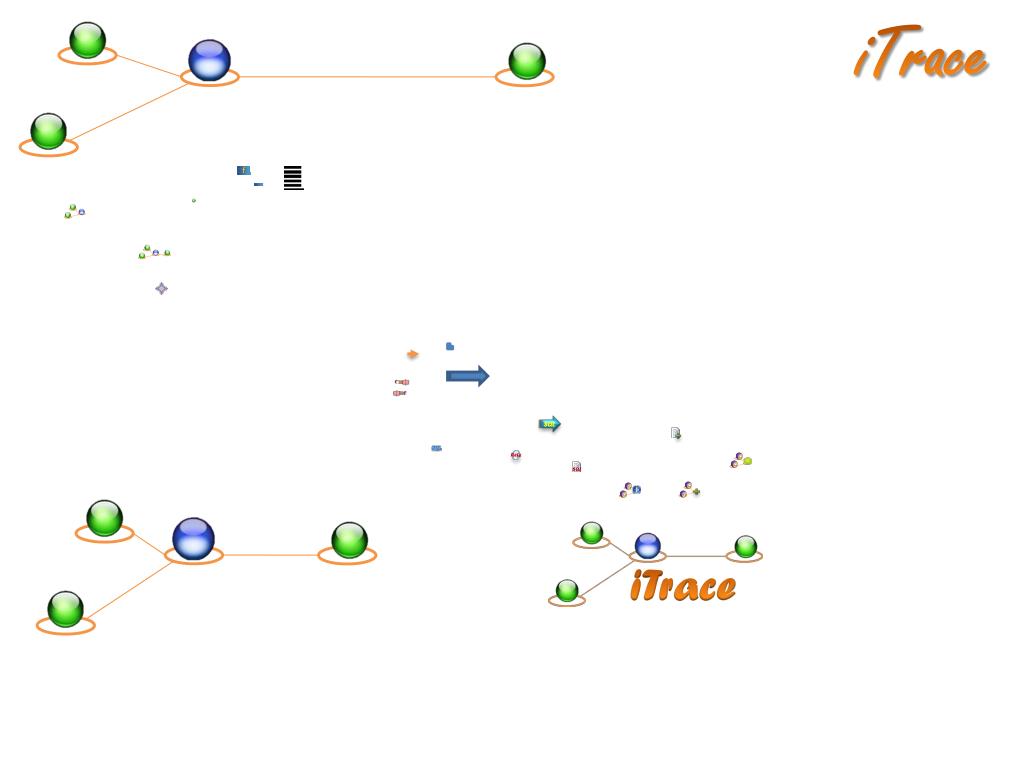
Oftentimes there will be random patterns in a room, whether it be lights strung up in a certain order, or symbols carved into the wall. Not to worry though, we have some strategies that will help you get off to a fast start and get out of the house as soon as you can in this Trace walkthrough. Oftentimes, it can take players 5, maybe even 10 minutes to really get into the good part of the game.

Trace can be a pretty tough game to start with. You will need to get comfortable with this, it will be a very necessary part of the game. To move from room to room, click on the arrow on the edge of the screen. It is simply a point-and-click game, with no fancy mouse movements required. The overall controls of Trace are actually quite simple.
#Simple instructions for itrace how to
Before we give you some strategies on how to escape the house though, let’s go over how to actually play the escape puzzle game. Through solving riddles and finding hidden items, they can find the exit of the house and escape back to their regular lives. In Trace, players are trapped inside of a mysterious house. Well, in the new game Trace, players are able to have a similar experience in the virtual world. You know, those escape puzzles where people must find their way out of a locked room by solving riddles and clues. Take for instance the check_root function in the sys_info.sh shell script, which is intended to determine if a user is root or not, since the script is only allowed to be executed by the superuser.Nowadays it seems like everyone is going to escape rooms with their friends. Shell script tracing helps us identify syntax errors and more importantly, logical errors. Shell Script to Show Date, Time and Uptime Importance of Shell Script Execution Tracing We can as well trace the execution of the script all for a second time and it should work well: $ sudo bash -x sys_info.sh The command above will not produce any output because our script is now syntactically correct. Now syntactically check the script one more time. We will add the closing double quote in the echo command and save the file. If we look through the script analytically one more time, the error on line 21 is due to a missing closing double quote (”) in the last echo command inside the print_sys_info function. So, we still have some syntax correction to do. The result of our syntax checking operation above still shows that there is one more bug in our script on line 21. Save the file again and invoke it as root and do some syntax checking: $ sudo bash -n sys_info.sh Therefore, let us add it and the new script should now look like below: #!/bin/bash If we look at the shell script critically, we will realize that the if statement is missing a closing fi word. We can perform syntax checking to only display the syntax errors as follows: $ sudo bash -n sys_info.sh The script can only be run by root, therefore employ the sudo command to run it as below: $ chmod +x sys_info.shįrom the output above, we can observe that, a command is first executed before its output is substituted as the value of a variable.įor example, the date was first executed and the its output was substituted as the value of the variable DATE. Save the file and make the script executable.

#!/bin/bashĮcho "You are not allowed to execute this program!" However, it contains syntax errors that we need to find and correct.

We will use the sys_info.sh shell script below, which briefly prints your system date and time, number of users logged in and the system uptime. This directs the shell to display all commands and their arguments on the terminal as they are executed. To switch on shell tracing, use the -x debugging option. Shell tracing simply means tracing the execution of the commands in a shell script. How to Perform Syntax Checking Debugging Mode in Shell Scripts – Part 2.How To Enable Shell Script Debugging Mode in Linux – Part 1.
#Simple instructions for itrace series
The previous part of this series clearly throws light upon the two other shell script debugging modes: verbose mode and syntax checking mode with easy-to-understand examples of how to enable shell script debugging in these modes. In this article of the shell script debugging series, we will explain the third shell script debugging mode, that is shell tracing and look at some examples to demonstrate how it works, and how it can be used.


 0 kommentar(er)
0 kommentar(er)
